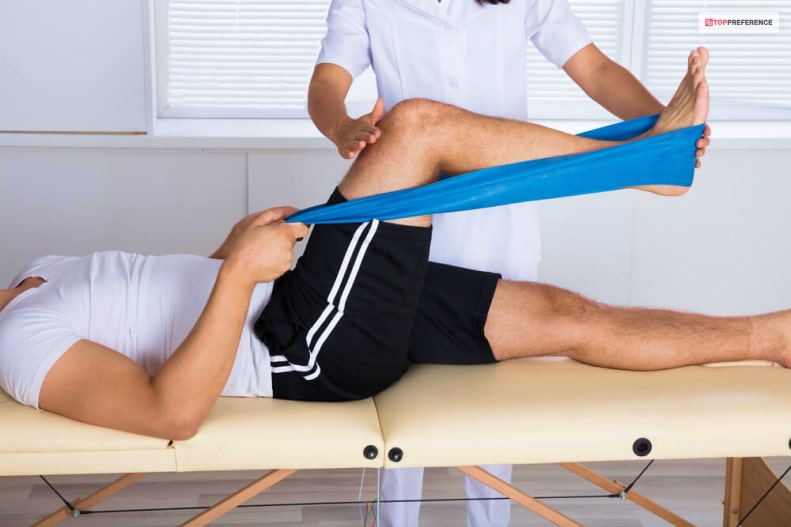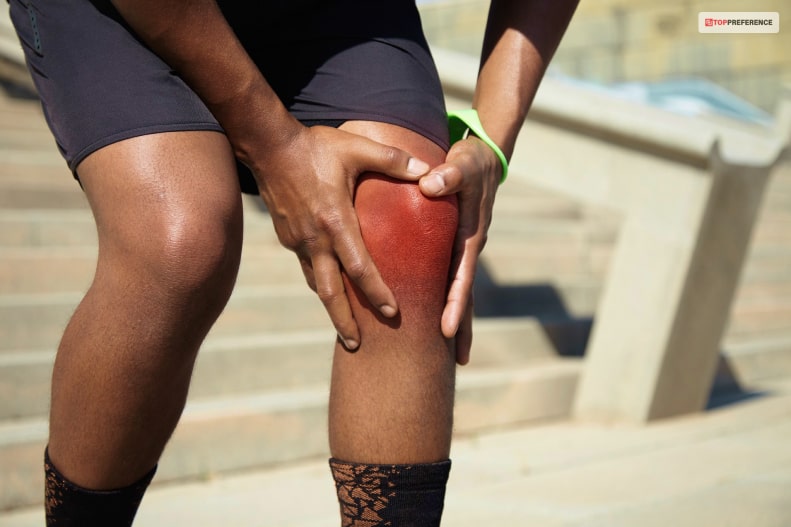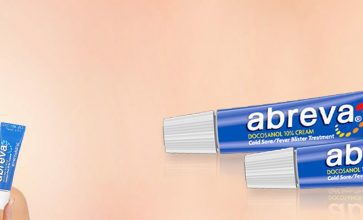Comfort In Every Sit: Discover The Best Sitting Position After Knee Replacement
There are multiple reasons for knee injuries. Do you have any idea what they are? Well, throughout our lives, knee joints take a lot of pounding, which is why it can eventually lead to multiple knee injuries, osteoarthritis, and so many others.
In recent times, knee replacement surgery has been one of the most prevalent clinical surgeries worldwide. Knee replacement surgery is mainly done to restore knee function, reduce pain, and so on.
After knee replacement, strengthening and stretching are the most important parts that help to recover following knee surgery. In this article, I will discuss some sitting positions you can do after knee replacement.
Some Permanent Restrictions After Knee Replacement

After knee replacement surgery, this allows you to return to everyday activities without having pain. This is tempting if you want to return to your usual routine as soon as possible. Thus you need to avoid these mistakes after knee replacement.
In this case, you have to avoid certain restrictions that would lead to severe damage to the knee after knee replacement. Below, I am going to discuss some permanent restrictions after knee replacement.
1) Avoid Activities Where A Risk Of Falling
After a knee replacement, there are so many significant issues. What are they? Well, in this case, patients might have a loss of strength, leading to a high risk of falling and so many others. In this case, a fall can cause significant damage to the healing process.
After estimating the fact, it has been seen that 17.2 percent of people out of 134 people who had undergone surgery fell at least once within just six months of their surgery.
Here are some lifestyle modifications which could reduce the risk of falling such as:
- While going upstairs, make sure you are using the handrail.
- Make sure you don’t forget to use a rubber mat or any shower chair while you are bathing.
- When you are putting on pants and shorts, then make sure you have to sit down.
- Always avoid slippery terrains like ice, mud, and so on.
2) Prolonged Sitting
After knee replacement, always avoid sitting for a long time, which can increase the risk of developing blood clots. Especially after two weeks of surgery, long periods of sitting can cause significant damage.
In the first ten days of knee replacement, it is recommended not to sit for more than 60 minutes at once. In case prolonged sitting is necessary, then make sure to prop the leg up on the chair, or even you can do something similar which can help in terms of minimizing the swelling.
3) Running And Jumping
After the major knee replacement surgery, please don’t implement force on the knee joints. In this case, you have to avoid certain activities like walking higher or jumping, exposing the knee, and so on. Activities like running or jumping might delay healing or even cause significant damage.
4) Avoid Weight Gaining Too Much
After knee replacement surgery, most people use walkers, several assistive devices, and so on. But do you know those assistive devices increase the weight of your body? In this case, heavy weight can lead to multiple damages on your replaced knee.
That is why it is recommended for surgeons to walk after knee replacement by assisting any physical therapist or nurse. On the other hand, you should also avoid using stairs until you have cleared it.
5) Kneeling
It has been seen that after knee replacement, 80% of people report difficulty kneeling. That is why, recently, there isn’t any clinical evidence to suggest that kneeling shortens life, but if you’re uncomfortable kneeling, then avoid doing so.
Beneficial Exercises After Knee Replacement

After going through the knee replacement surgery, you can take part in the knee replacement rehabilitative programs whose primary goal is to build the best possible program. Below, I will discuss the most beneficial exercises after knee replacement.
1) Exercises Immediately After Surgery
Some simple exercises will encourage you to help regain mobility in terms of the knee. In this case, you can do multiple knee straightening exercises. This means you can just take a small towel roll under the heel, and then you have to contract the muscles above the knee. After that, you can hold it for 5 to 10 seconds.
2) Bed-Supported Knee Bends
While you are lying on the sofa bed Singapore, you can just slide the sole along the cover with the buttocks. Once it reaches the highest amount of knee bend, then you have to hold the position for at least 10 seconds. After that, you will be able to straighten your leg again.
3) Exercises After Three Months Of Surgery
Most people can return to their normal lifestyle after three months of knee replacement surgery. In this case, you can do exercises such as:
- Light weightlifting
- Swimming
- Golfing
- Low-impact dancing and so on.
Let’s Discuss How You Would Know If You Have Done Over-Exercise

Well, there are a lot of symptoms if you have somehow over-exercised. Below, I am going to discuss the symptoms of over-exercising.
The Symptoms Of Overexercise Include:
- Increased pain
- Warmth around the knee
- And swelling of the lower knee leg, etc.
After surgery, if any of the symptoms below mention occur, then you have to go immediately to the doctor:
- Pain increased in the operative site
- Increased amount of redness or warmth since discharge
- Increased rate of drainage from your incision
- The operative site will be swallowed
- The calf of your knee becomes swollen, warm, tender, and so on
- You might have a high temperature which is above 101 degrees Fahrenheit
- The ability to knee flex will be decreased, and it remains the same when you will be getting discharged from this.
In Conclusion
I have discussed the best sitting positions after knee replacement and activities to be avoided in this article. If you have seen that your pain is increasing, then make sure you are taking pain medication.
Don’t wait to feel the pain become severe. In this case, you can do one thing, which is you can follow the instructions that the doctor has already mentioned. On the other hand, if your stitches and staples need to be removed, then make sure you are taking pain-reducing medications. Also, remember that pain medication may cause nausea. If you are decreasing the amount or if you are stopping the amount to take, then feel free to go to your nearby surgeon’s office.
Read More About:






















